What is Agroforestry, and why does it matter for sustainability?
The hidden power of trees in farming
There is currently a global crisis developing beneath our feet. Around three-quarters of the Earth’s soil is already degraded, and this could climb to 90 per cent by 2050 if current trends continue. Each year, an estimated 12 million hectares of productive land are lost, roughly the size of Greece. Soil erosion alone accounts for roughly 75 billion tonnes of soil loss annually, between 13 and 40 times higher than natural renewal rates. This crisis affects landscapers directly. Eroded or compacted soils struggle to support planting, require frequent irrigation or replacement, and perform poorly under climatic stress. Sites that initially appear lush may deteriorate quickly, raising maintenance costs and risking design integrity. Thankfully, there are solutions to this problem, which can help to transform and regenerate our soil. Agroforestry is one of these solutions. By combining trees, shrubs, and understorey planting within cultivated landscapes, this approach can rehabilitate soil structure, enhance moisture retention, and re-establish biodiversity. Agroforestry systems support deeper roots, encourage microbial activity, and protect the soil from erosion and nutrient loss. For land owners, and architects, this means creating resilient, low-maintenance landscapes that stand up to drought, heavy rain, and heavy use.
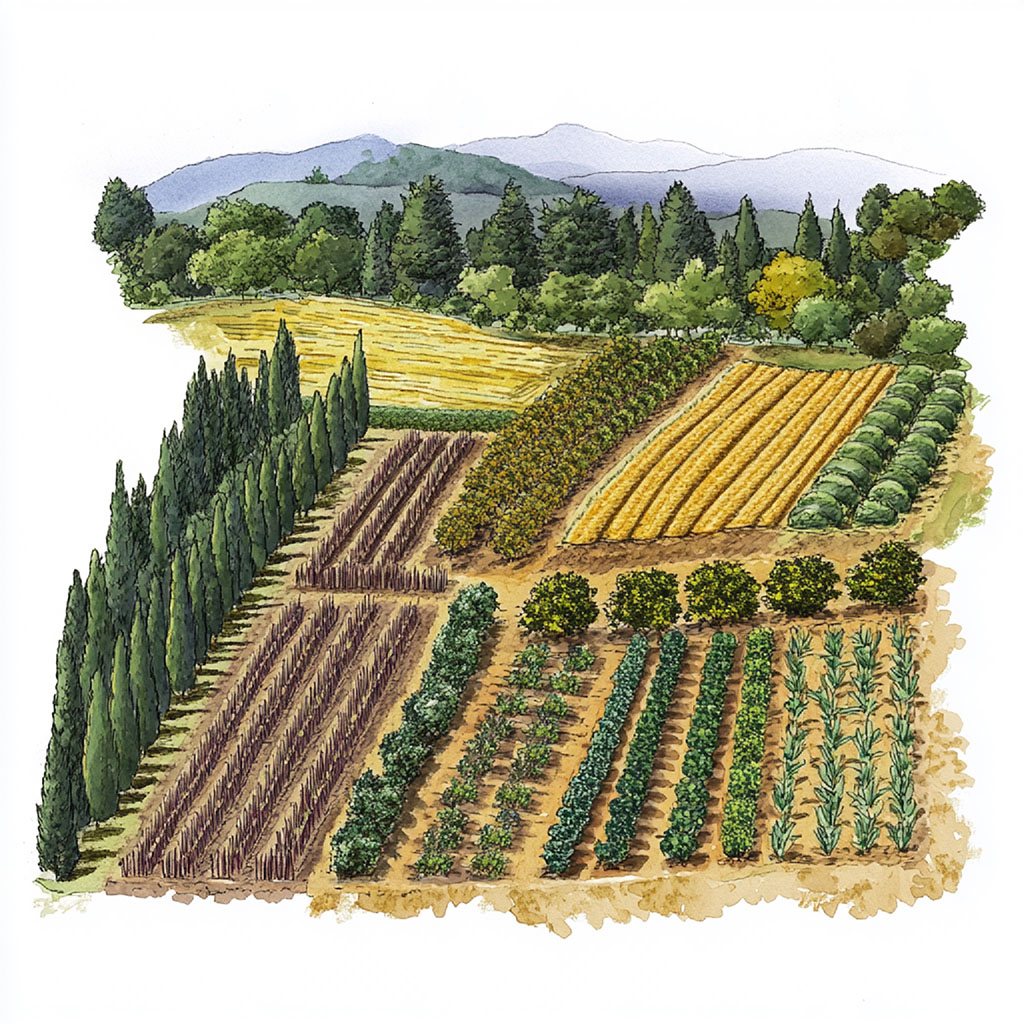
Understanding Agroforestry
Agroforestry is the practice of deliberately integrating trees and shrubs into land used for crops, pasture, or other productive purposes. It is more than simply planting a few trees alongside other plants though. In a true agroforestry system, the different plant layers work together to create a healthier, more productive environment. The secret is to create diversity, not just within the species, but within the type of plants. Trees can provide shade and shelter, improve soil fertility, and create habitats for wildlife. Shrubs and groundcover can protect the soil surface and help prevent erosion. Deep-rooted plants can draw nutrients from deeper soil layers and make them available to other plants. This varied and layered approach helps to create a more stable ecosystem that can adapt to changing conditions. Agroforestry principles can be adapted to public spaces, housing developments, commercial estates, parks, and even urban courtyards. By designing with multiple plant layers and varied species, landscapes can be both visually appealing and functionally resilient.
Much of modern agriculture is based on monoculture, where large areas are planted with a single crop. While efficient in the short term, monocultures reduce biodiversity and leave soil vulnerable to erosion and nutrient depletion. Heavy reliance on synthetic fertilisers and pesticides can harm soil biology and pollute water systems. This problem is not just confined to rural areas. Urban and suburban developments often replace biodiverse habitats with simplified plantings or large expanses of lawn. The result is less habitat for wildlife, reduced soil health, and a landscape that needs constant maintenance to survive. Landscapers, architects, and developers can be part of the solution by adopting principles from agroforestry to reintroduce complexity and resilience into the spaces they create.
Agroforestry techniques
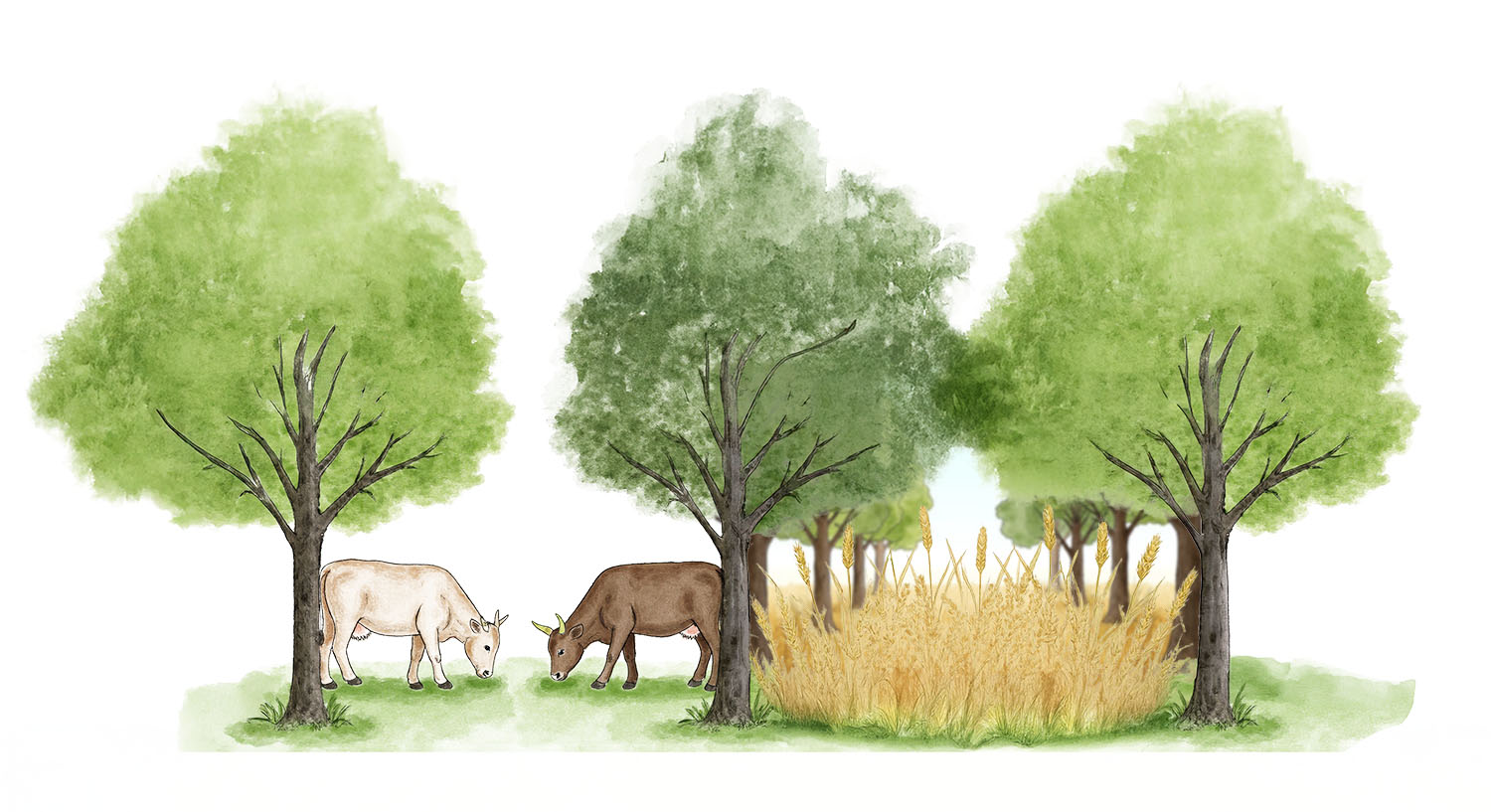
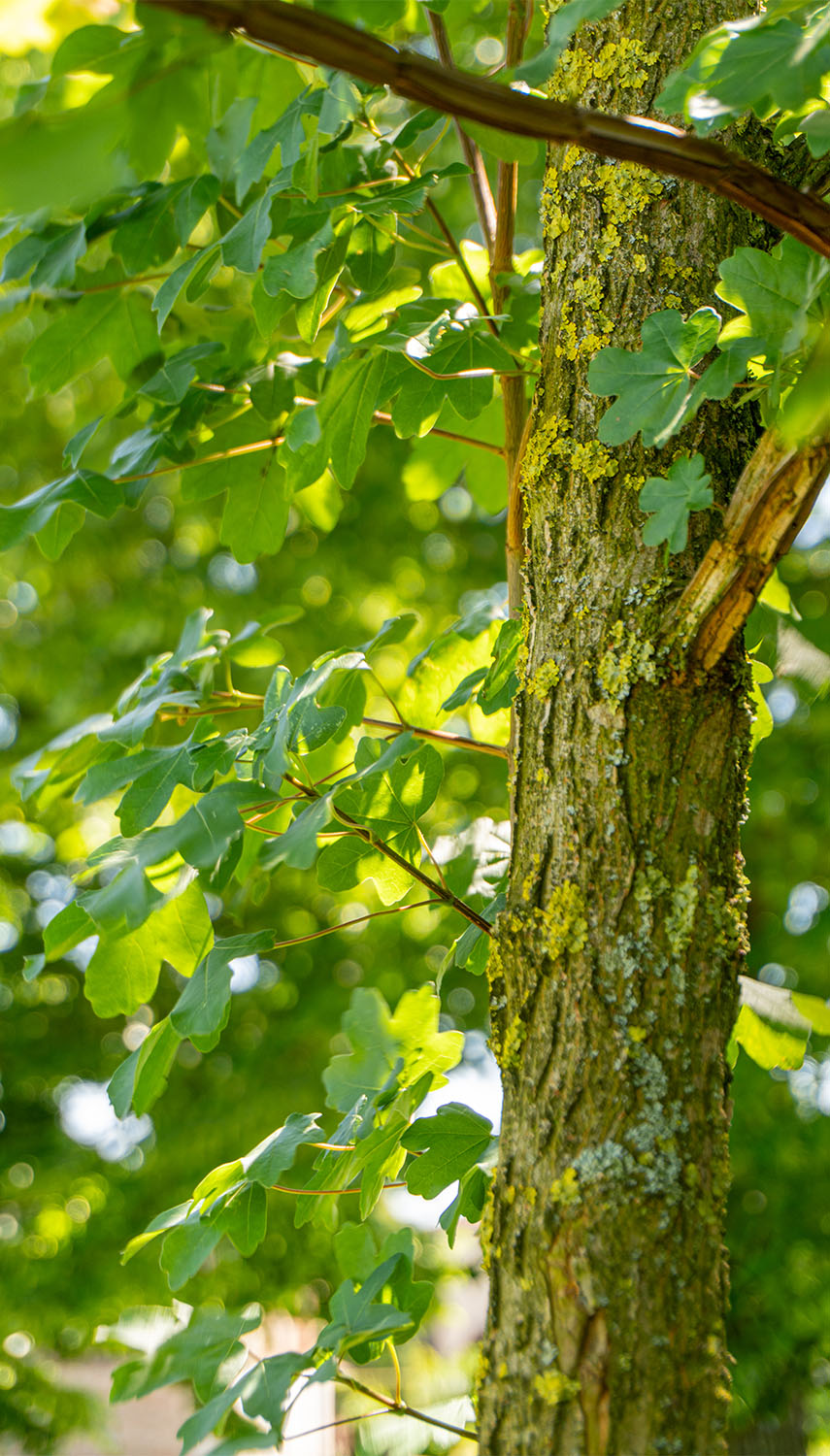
Acer campestre
Several agroforestry techniques have been developed in agricultural settings, but many can be adapted to landscaping. Silvo-pastoral agroforestry, for example, integrates trees with grazing land to provide shade for animals and improve soil fertility through leaf litter and root activity. Alley cropping places rows of trees or shrubs between strips of crops, creating windbreaks, improving microclimates, and enhancing soil health. Forest gardening mimics the structure of a natural woodland, with layers of edible and ornamental plants growing together to maximise biodiversity and productivity. Silvo-arable farming is another key technique, which combines trees with arable crops. In this system, carefully selected tree species are planted alongside cereals or vegetables to provide shelter, reduce erosion, improve water retention, and enhance nutrient cycling while maintaining productive crop yields.
In a landscaping context, these principles can be adapted to create multifunctional green spaces that support both aesthetics and ecology. Designers might implement mixed planting schemes with upper tree canopies, mid-layer shrubs, and diverse groundcover species, echoing the layered approach of forest gardening. Hedgerows or linear tree plantings can serve as living boundaries, wildlife corridors, and windbreaks while providing seasonal interest and habitat for pollinators and birds. Even smaller-scale interventions, such as tree belts or multi-layered planting beds, contribute to soil structure, carbon capture, and local biodiversity.
For example, in a small urban park, landscapers could plant native trees such as Acer campestre (field maple) and Betula pendula (silver birch) in clusters to form an upper canopy. Beneath these trees, mid-layer shrubs such as Corylus avellana (hazel) or Crataegus monogyna (hawthorn) can provide habitat and seasonal interest, while groundcover plants like a wildflower mix (e.g., Centaurea nigra, Leucanthemum vulgare) or low-growing ferns (e.g., Polystichum setiferum) encourage pollinators and improve soil health. A narrow hedgerow along the park boundary can act as a windbreak, connect nearby green spaces for wildlife, and create a visually appealing seasonal display. This approach mimics agroforestry principles on a smaller scale, enhancing biodiversity, improving microclimates, and creating a resilient, low-maintenance landscape.
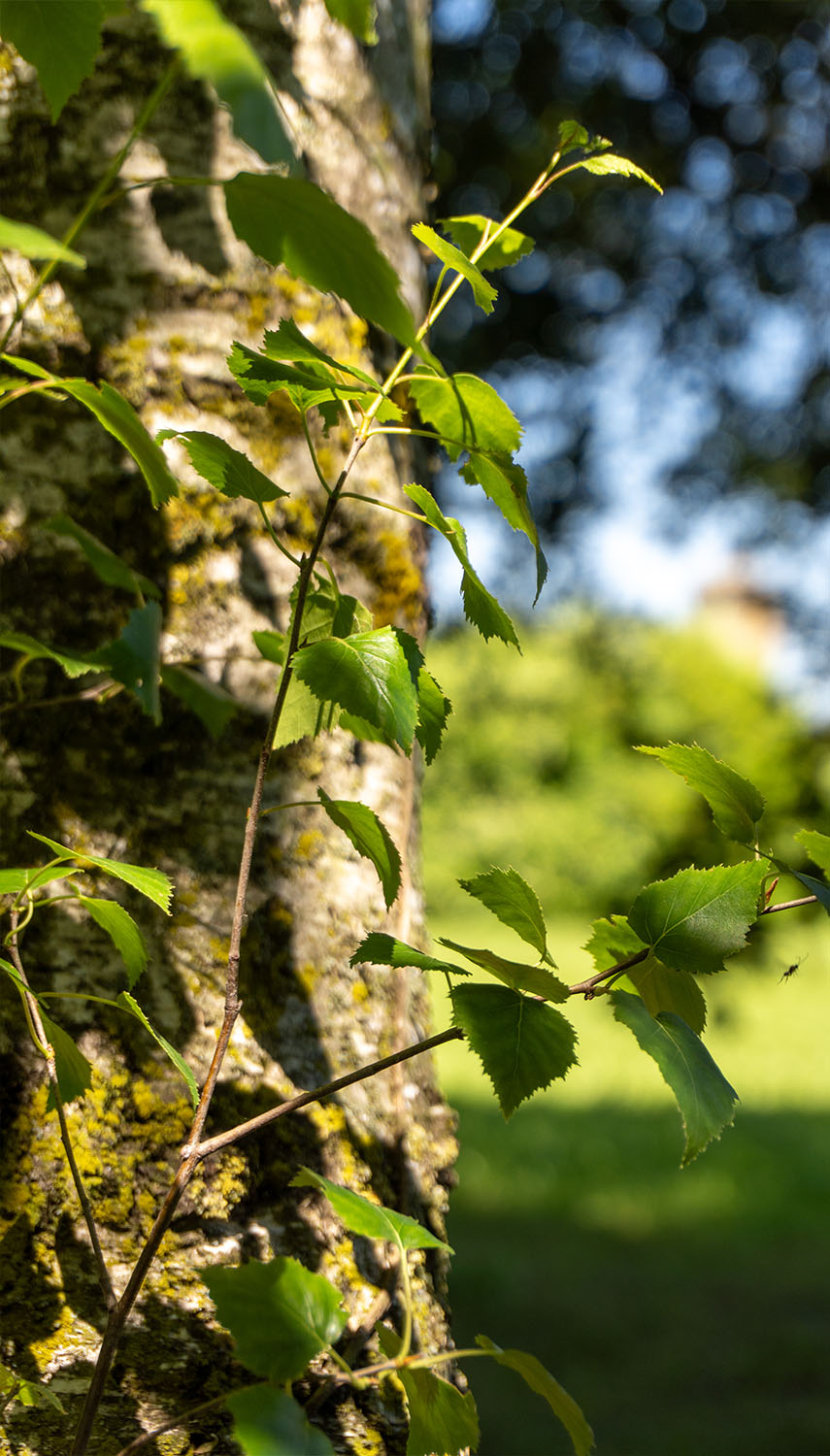
Betula pendula
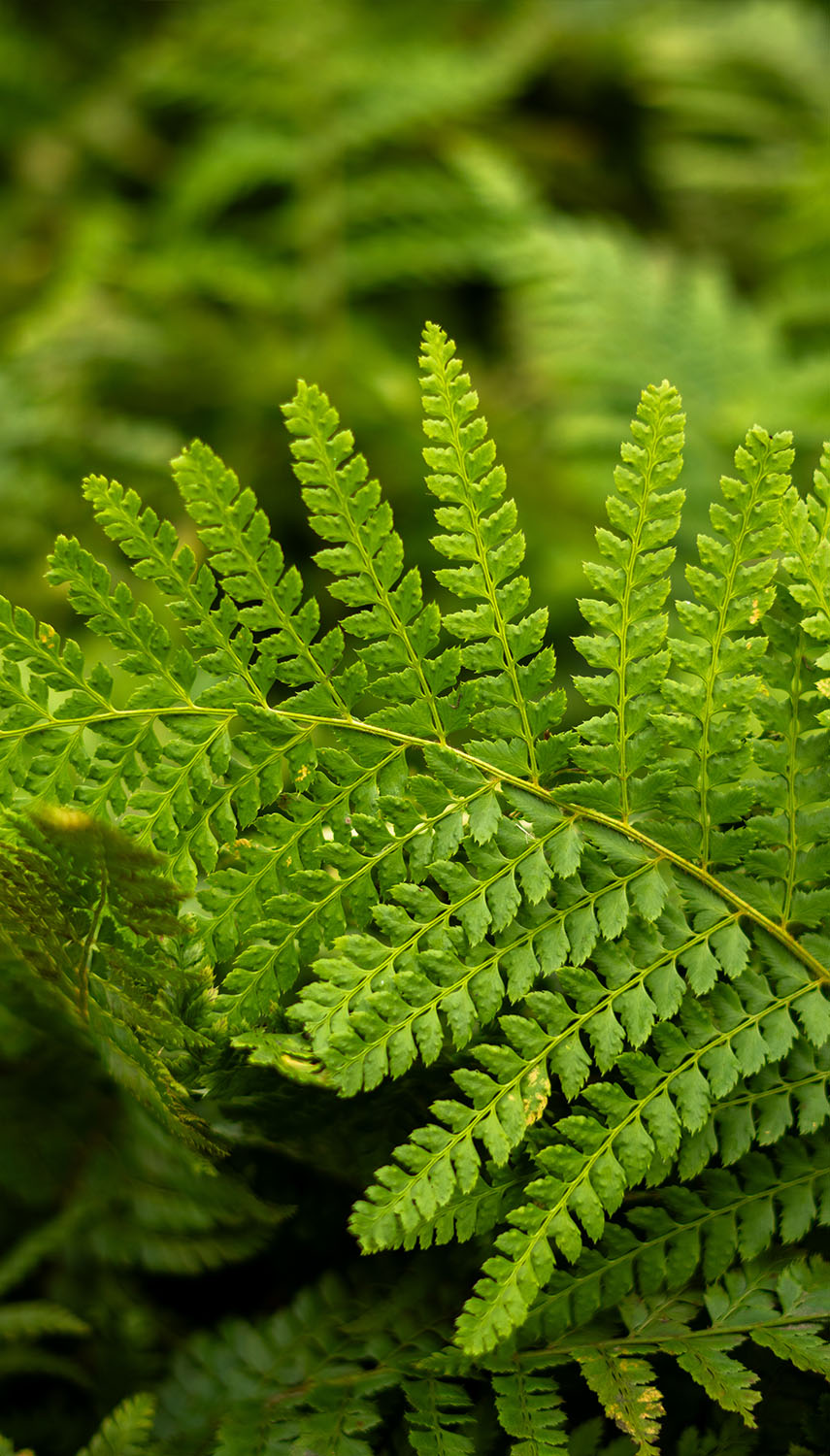
Polystichum setiferum
Utilising trees and plants for environmental benefit
Landscapes that include tree elements are more resilient to environmental stress. Trees help prevent soil erosion on slopes, act as natural water filters, and create microclimates that reduce temperature extremes. This benefits both plants and people, making outdoor spaces more comfortable and reducing the need for costly irrigation or plant replacement. In urban landscapes, carefully placed tree groups can help manage stormwater, reduce the urban heat island effect, and shelter more sensitive plants from wind or frost. For sites prone to flooding, tree belts with deep-rooted species can stabilise soil and slow water flow. Selecting plants with ecological value is essential. Species that provide nectar, pollen, berries, or shelter can support pollinators, birds, and other wildlife. Combining evergreen and deciduous trees can create year-round habitat, while mixed shrub layers and flowering perennials add seasonal variety. For example, on a free-draining, sandy site, Betula pendula (silver birch) can offer light shade and support insect life, while underplanting with Calluna vulgaris (heather) and Thymus polytrichus (wild thyme) can provide both ground cover and valuable nectar sources.
Just as in agriculture, choosing the right plant for the right place is vital. Soil type, moisture levels, wind exposure, and biodiversity goals should guide selection. On damp, low-lying ground, Alnus glutinosa (alder) can improve soil fertility through nitrogen fixation while tolerating waterlogging. On exposed coastal sites, Crataegus monogyna (hawthorn) can form resilient shelterbelts and provide flowers for pollinators in spring, followed by berries for birds in autumn. Housing developments, school grounds, hospital gardens, and business parks can all integrate tree-based systems inspired by agroforestry. Shelterbelts can protect playing fields from wind, while fruit or nut trees can add value to community gardens. Roadside verges planted with mixed hedgerows can filter pollution, reduce wind gusts, and create continuous habitat corridors.
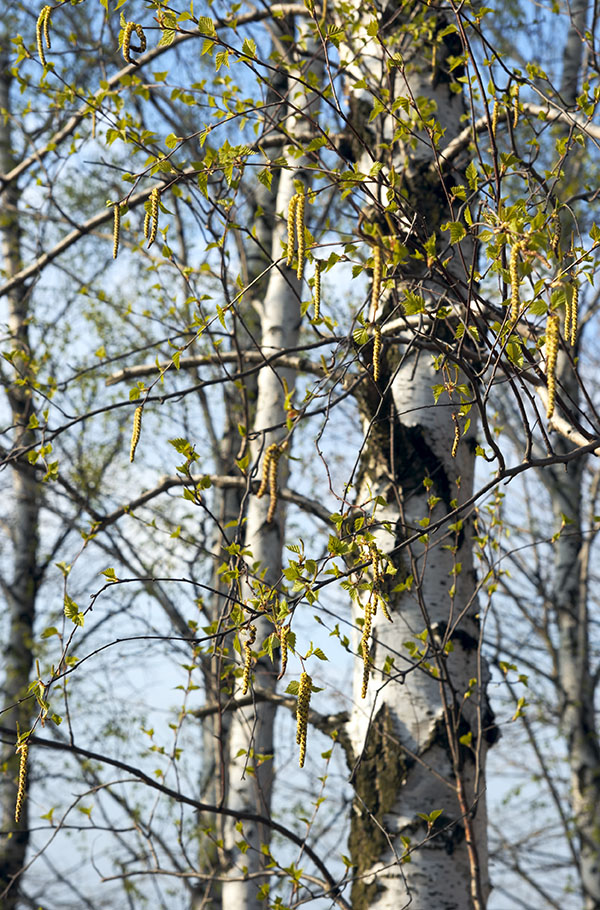
Betula pendula
Agroforestry principles help future-proof landscapes by working with natural processes rather than against them. This reduces maintenance needs, improves plant survival rates, and aligns with increasing demand for sustainable, climate-resilient green spaces. Clients, from local authorities to private developers, are looking for projects that demonstrate environmental responsibility. Adopting agroforestry approaches allows landscapers to meet this demand while creating spaces that are beautiful, functional, and ecologically rich.
Next, learn about Permaculture: Sustainable land management inspired by nature, by clicking here.

